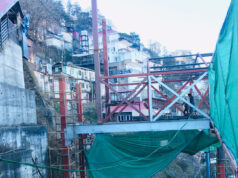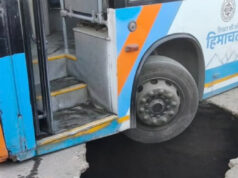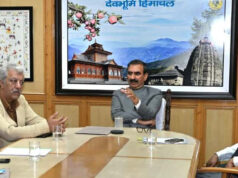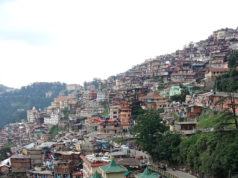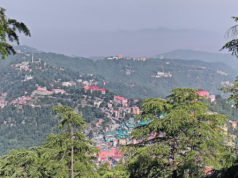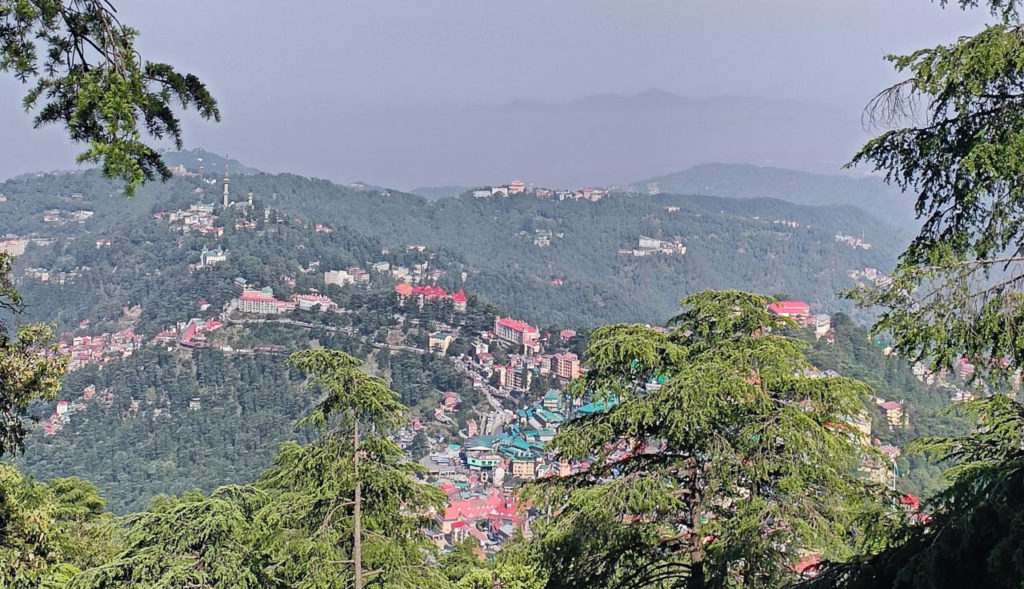
Shimla – Himachal Pradesh is grappling with unprecedented drought conditions this winter season, with a staggering 99 percent less rainfall and snowfall than the historical average for the month of January. This alarming situation, reminiscent of the drought in 1966, is wreaking havoc on the agricultural sector, particularly impacting apple production in Upper Himachal and posing a severe threat to wheat and other crops in Lower Himachal.
The enchanting hill station of Shimla, often referred to as the “Queen of Hills,” is facing an unprecedented tourism freeze as a severe winter drought compounds the challenges brought on by a scarcity of snowfall for the past two years.
The iconic destination, known for its picturesque landscapes blanketed in snow during winter, is grappling with the dual impact of a dry spell and an acute shortage of precipitation. The drought conditions have hit the region hard, with the lack of rain and snow not only robbing Shimla of its characteristic winter charm but also posing a significant threat to the local tourism industry.
Tourist hotspots like Shimla and nearby Manali have been left deserted, with visitors deterred by the absence of the winter wonderland that has long been a hallmark of these destinations. The tourism sector, a vital component of the local economy, is feeling the pinch as businesses dependent on visitors struggle to stay afloat.
The lack of snowfall not only impacts the aesthetic appeal of Shimla but also the livelihoods of those relying on tourism-related activities. Hotels, resorts, local shops, and other businesses catering to tourists are experiencing a slump in business, adding to the economic woes of the region.
As the drought intensifies, it compounds the challenges faced by farmers and horticulturists in the surrounding areas. The anticipated destruction of crops, particularly in Lower Himachal, further paints a grim picture for the local economy. Apple production in Upper Himachal is also likely to be adversely affected by the prolonged dry spell.
However, a glimmer of hope emerges on the horizon. Meteorologists predict a potential end to the drought as a western disturbance becomes active. The MeT Department forecasts the impact of the disturbance to be felt from January 31 to February 2, with a strong possibility of rain in the plains and snowfall in the mountainous areas.
The local population, businesses, and farmers are cautiously optimistic that the forecasted precipitation could break the tourism freeze and bring relief to the agricultural sector. The coming days are critical, as the extent of the rain and snowfall will play a significant role in determining the fate of Shimla’s tourism industry and the region’s overall economic recovery.


